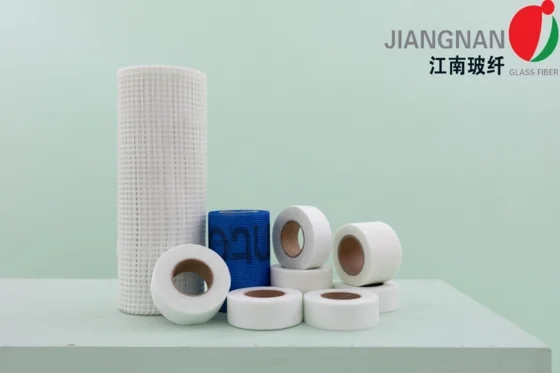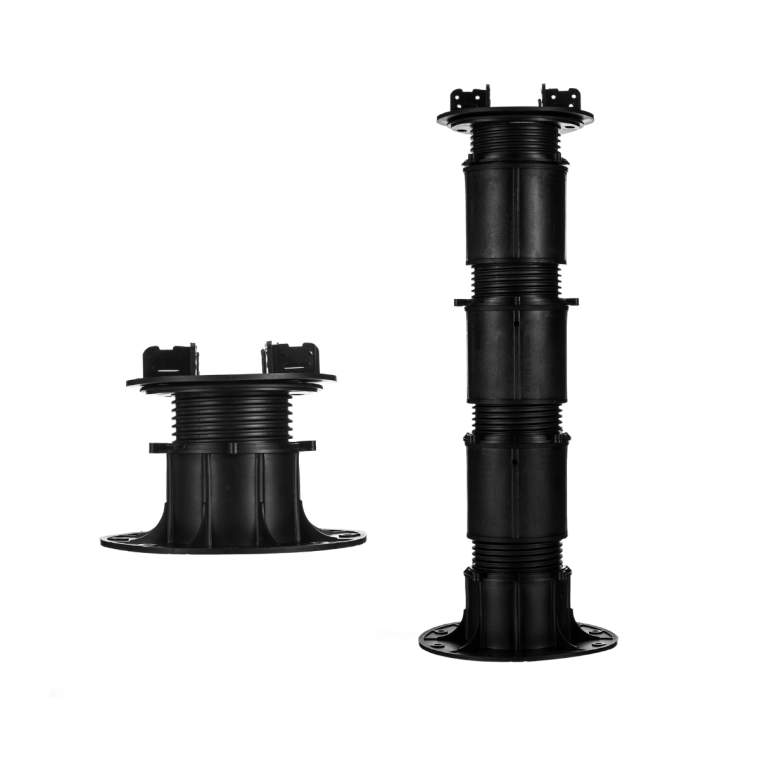Unveiling the Thermal Barrier: Exploring Materials that Effectively Block Heat
3 min read
In our quest for energy efficiency and thermal comfort, understanding the properties of materials that can effectively block heat is crucial. Whether it's insulating our homes, designing energy-efficient buildings, or developing advanced thermal management systems, the choice of materials plays a pivotal role. In this article, we delve into the realm of heat-blocking materials, exploring their characteristics, applications, and the science behind their effectiveness.
- Insulation Materials:
Insulation materials are widely used to impede the transfer of heat. They work by reducing heat conduction, convection, and radiation. Here are some notable options:
a) Fiberglass Insulation:
Fiberglass insulation is a popular choice due to its excellent thermal resistance. Composed of fine glass fibers, it traps pockets of air, hindering heat transfer. Its versatility and affordability make it suitable for various applications, including residential and commercial buildings.
b) Cellulose Insulation:
Made from recycled paper or plant fibers, cellulose insulation offers effective thermal resistance. It is often blown or sprayed into wall cavities, attics, and floors, providing a barrier against heat flow. Cellulose insulation is eco-friendly and has good soundproofing properties.
c) Spray Foam Insulation:
Spray foam insulation is a polyurethane-based material that expands upon application, filling gaps and creating an airtight seal. Its high R-value (a measure of thermal resistance) and ability to conform to irregular surfaces make it an efficient heat-blocking option.
- Reflective Materials:
Reflective materials work by reflecting radiant heat away from the surface, reducing heat absorption. They are commonly used in applications where direct sunlight or radiant heat is a concern.
a) Radiant Barriers:
Radiant barriers consist of a reflective material, such as aluminum foil, installed in attics or roofs. They reflect radiant heat back towards its source, preventing it from entering the living space. Radiant barriers are particularly effective in hot climates.
b) Low-E (Emissivity) Coatings:
Low-E coatings are thin, metallic layers applied to glass surfaces. They allow visible light to pass through while reflecting infrared heat. Low-E coatings are commonly used in energy-efficient windows to minimize heat gain during summer and heat loss during winter.
- Phase Change Materials (PCMs):
Phase change materials have the unique ability to store and release heat energy during phase transitions. They can absorb heat when the surrounding temperature rises and release it when the temperature drops. PCMs find applications in various fields, including building insulation and thermal energy storage systems.
a) Paraffin Wax:
Paraffin wax is a commonly used PCM due to its high heat storage capacity. It can absorb and release large amounts of heat during its solid-liquid phase transition. Paraffin-based PCM panels or capsules can be integrated into building materials to regulate indoor temperatures.
b) Salt Hydrates:
Salt hydrates, such as sodium sulfate decahydrate, are another type of PCM. They exhibit high thermal storage capacity and are often used in solar thermal energy storage systems. Salt hydrates can absorb and release heat energy at specific temperature ranges, making them suitable for various applications.
Conclusion:
Understanding the properties and applications of materials that effectively block heat is crucial for achieving energy efficiency and thermal comfort. Whether it's insulation materials, reflective barriers, or phase change materials, each option has its unique characteristics and suitability for specific contexts. By harnessing the power of these materials, we can create sustainable and comfortable environments while reducing energy consumption. Stay informed about the latest advancements in heat-blocking materials to unlock new possibilities in energy-efficient design and thermal management systems.



